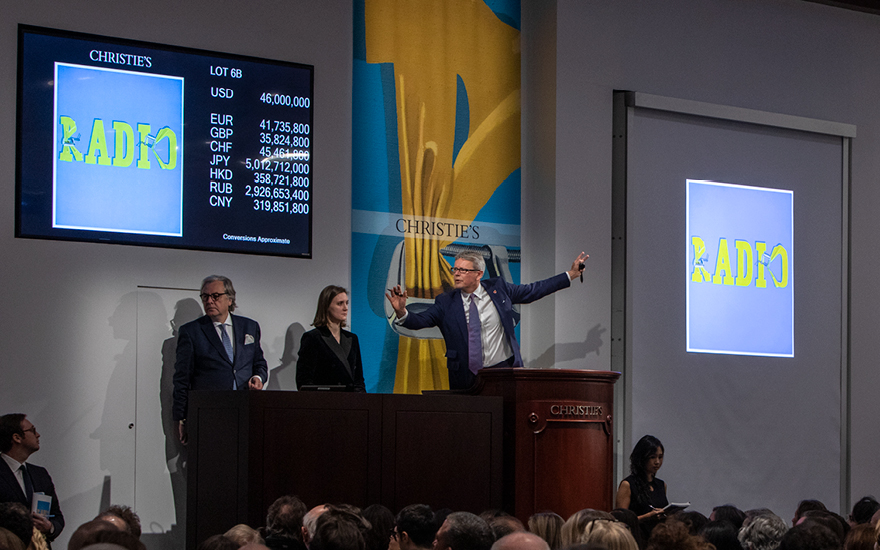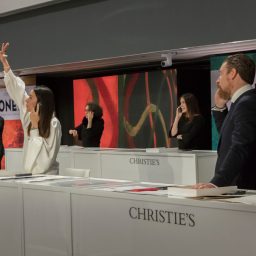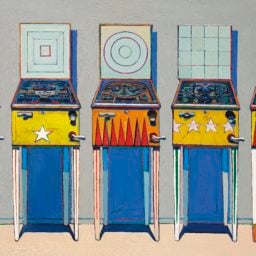Christie’s is changing the way it does business. The auction house announced today that it plans to combine its Impressionist and Modern department with its postwar and contemporary department. The new hybrid sector will be known as “20/21,” or “20th and 21st century art.”
The decision to combine the departments is the latest sign that auction houses are being forced to throw out the rulebook and reassess business as usual when faced with an unprecedented global health and economic situation. But it also cements trends that have been in the works for decades—namely, the increasing categorical promiscuity of major sales (this is, after all, the house that offered Salvator Mundi in a contemporary sale) and the growing dominance of postwar and contemporary over a shrinking Impressionist and Modern market.
Contemporary specialist Alex Rotter will serve as chairman of the new department; Impressionist and Modern specialist Giovanna Bertazzoni will serve as vice chairman. Christie’s leadership announced the news in a virtual press preview for its upcoming hybrid online-in person relay-style sale, “ONE,” which will be held across four cities on July 10.
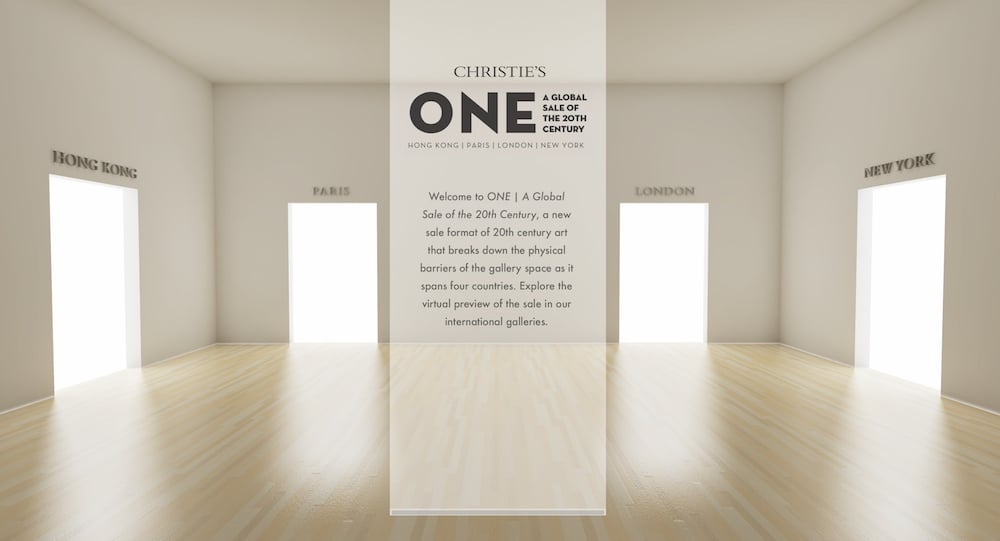
Image courtesy of Christie’s.
The reshuffle will result in consolidation as the auction house, like many businesses, continues to work to offset losses suffered as a result of the shutdown. Artnet News understands that among those laid off were junior people from both the events and gallery operations divisions, as well as a group of people from the postwar and contemporary department. One source said more cuts were expected to be made today.
During the press event, Christie’s CEO Guillaume Cerutti acknowledged that the past few months have been “a challenging time” for everyone and that the business has been working hard to manage costs while trying to move as many live sales online as possible. (Unlike rival Sotheby’s, Christie’s had previously staved off layoffs during the shutdown, opting to institute voluntary pay cuts and take advantage of international furlough programs.)
“We are accelerating a series of planned changes to support our future strategy including increasing our digital activities to engage with audiences,” a Christie’s spokesman told Artnet News in a statement. “We will be simplifying our internal structures… regrettably having considered all options, this includes making some staff reductions.” The representative declined to disclose any additional details.
For his part, Cerutti presented the department fusion as a strategic move. “Our clients don’t think in categories anymore,” he said. “It’s not only about restructuring and reorganizing, it’s because we truly believe there is a continuum in these three parts. I believe that contemporary art has roots in the beginning of the 20th century and that without Monet and Duchamp, we would not be able to understand today’s contemporary art.”
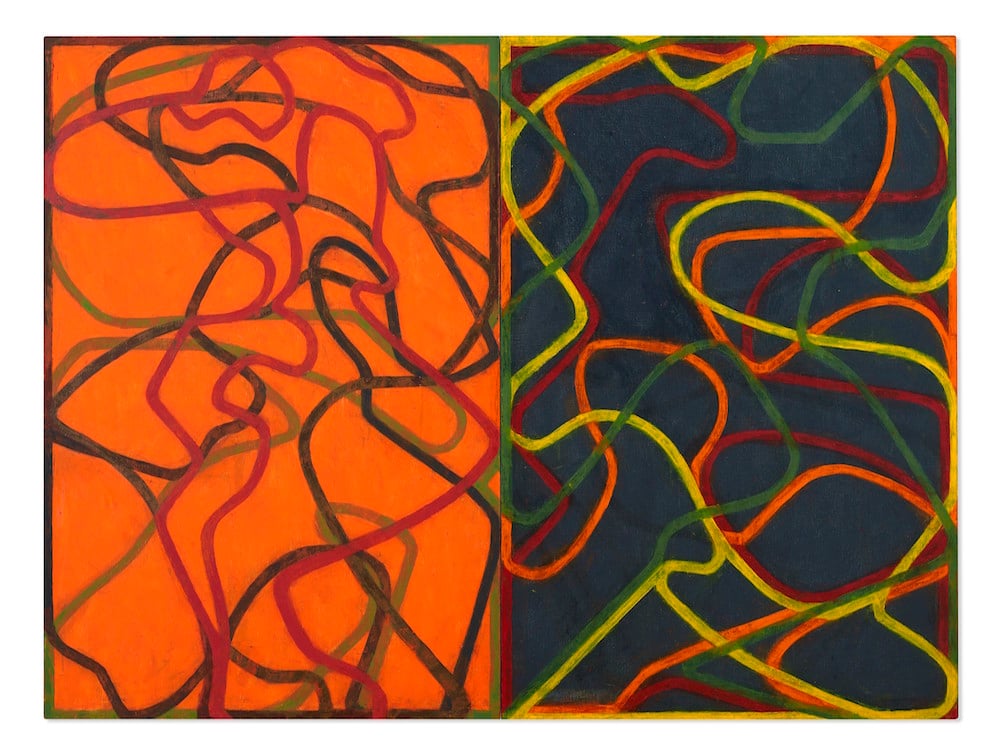
Brice Marden, Complements (2004-2007). Image courtesy Christie’s
The merger may also make sense considering the way sales have been trending in recent years, as Impressionist and Modern totals for major evening sales at Christie’s have trailed behind postwar and contemporary. (In November 2019, Christie’s Imp-Mod evening sale in New York made $191.9 million, while its PWC sale generated $325.3 million.)
Christie’s is piloting the trans-departmental concept with its upcoming sale, which spans categories in addition to countries and time zones. In a sign of how unprecedented this season has been in terms of business-getting, this morning’s call included news of major new consignments, roughly two weeks out from the actual sale. These included Brice Marden’s Complements (2004–7), which carries a hefty estimate of $28 million to $35 million.
Still, the flashy format cannot obscure the reality that the shutdown has left the company with a fraction of the revenue it might have had in a normal year. The overall total for the “One” sale—which combines what would have been the Impressionist and Modern and postwar and contemporary evening sales in New York, as well as the equivalent sales in London—is “in excess of $336 million,” around half of the $716 million Christie’s generated last year for the spring-summer 2019 evening sales.
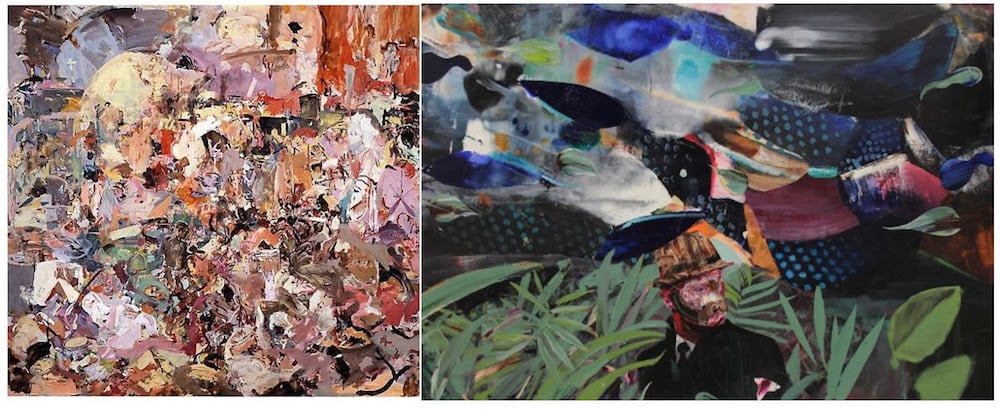
Left: Cecily Brown,Carnival and Lent (2006-2008). Right: Adrian Ghenie, The Arrival 3 (2015).
Image courtesy Christie’s
Asked how the team went about securing consignments during this highly unusual lockdown era, Rotter said: “Truth be told, it was very difficult. Some of these paintings we pitched twice—we pitched pre-corona and once again—we felt that every consignment we won in the world before mid-March was won in different circumstances…. we pitched twice, and won them both times.”
